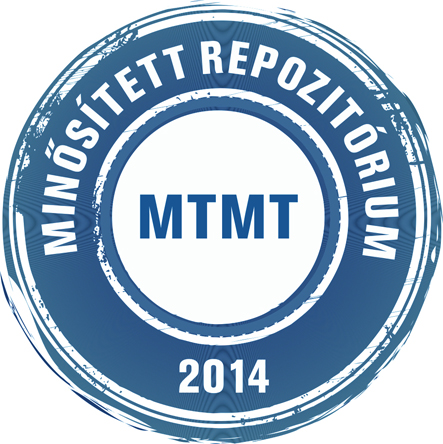Árkai Péter: Polymetamorphism of the crystalline basement of the Somogy-Dráva basin (Southwestern Transdanubia, Hungary). In: Acta mineralogica-petrographica, (26) 2. pp. 129-153. (1984)
Előnézet |
Cikk, tanulmány, mű
mineralogica_026_fasc_002_129-153.pdf Letöltés (2MB) | Előnézet |
Absztrakt (kivonat)
The crystalline basement of the Neogene depression of the Somogy—Drava Basin (SW-Transdanubia , Hungary) consists of medium-grade (almandine-amphibolite facies) polymetamorphic formation s overprinted by a very low- and low-grade (anchi-, epizonal) retrograde, partly cataclastic metamorphism: gneiss, mica schist, amphibolite, as well as mylonite and blastomylonite. Having applied the petrological and geochemical methods of lithofacies reconstruction the gneiss — mica schist and the mylonite — blastomylonite groups developed from them proved to be of sedimentary (pára) origin: they were formed from carbonate-free or carbonate-poor pelitic-psammitic sediments. Th e amphibolite originated from basic igneous rock. On the basis of the mineral-paragenetic, petrotextural and structural as well as geothermometric and geobarometric characteristics the following relative chronological succession of metaniorphic events was determined: A ) Th e oldest one is a medium-grade (almandine-amphibolite facies), medium pressure (Harrovian) regional metamorphism with a geothermal gradient of 17 to 27 °C/km. Its temperature and pressure were 510 to 600 °C and 5.9 to 8.9 kbar, respectively. It was locally followed by B) an andalusite-type (low pressure range) medium-grade (amphibolite facies) metamorphism with a gradient =-34 °C/km and by C) a low temperature (<45 0 °C), predominantly low pressure anchi-, epizonal retrograde, locally cataclastic metamorphism. As to our recent knowledge —• based on Alpine and Carpathian analogies — different hypothetic geochronological modells can be established, e. g. — A) Caledonian, B) Hercynian, C) Hercynian and/or Alpine: — A) older Hercynian, B) younger Hercynian and C) younger Hercynian and/or Alpine: — A) Dalslandian (Early Baikalian), B) Hercynian, C) Hercynian and/or Alpine. T h e mineral assemblages formed b y weathering and by low temperature retrograde metamorphism were distinguished by means of the clay mineral associations and by the illite crystallinity.
| Mű típusa: | Cikk, tanulmány, mű |
|---|---|
| Befoglaló folyóirat/kiadvány címe: | Acta mineralogica-petrographica |
| Dátum: | 1984 |
| Kötet: | 26 |
| Szám: | 2 |
| ISSN: | 0365-8066 |
| Oldalak: | pp. 129-153 |
| Nyelv: | angol |
| Kiadó: | University of Szeged, Department of Mineralogy, Geochemistry and Petrology |
| Kiadás helye: | Szeged |
| Befoglaló mű URL: | http://acta.bibl.u-szeged.hu/39404/ |
| Kulcsszavak: | Kőzettan, Ásványtan, Földtan |
| Megjegyzések: | Bibliogr.: p. 151-153. ; ill. ; összefoglalás angol nyelven |
| Szakterület: | 01. Természettudományok 01. Természettudományok > 01.05. Föld- és kapcsolódó környezettudományok |
| Feltöltés dátuma: | 2016. okt. 17. 09:25 |
| Utolsó módosítás: | 2022. júl. 26. 09:48 |
| URI: | http://acta.bibl.u-szeged.hu/id/eprint/24715 |
 |
Tétel nézet |





